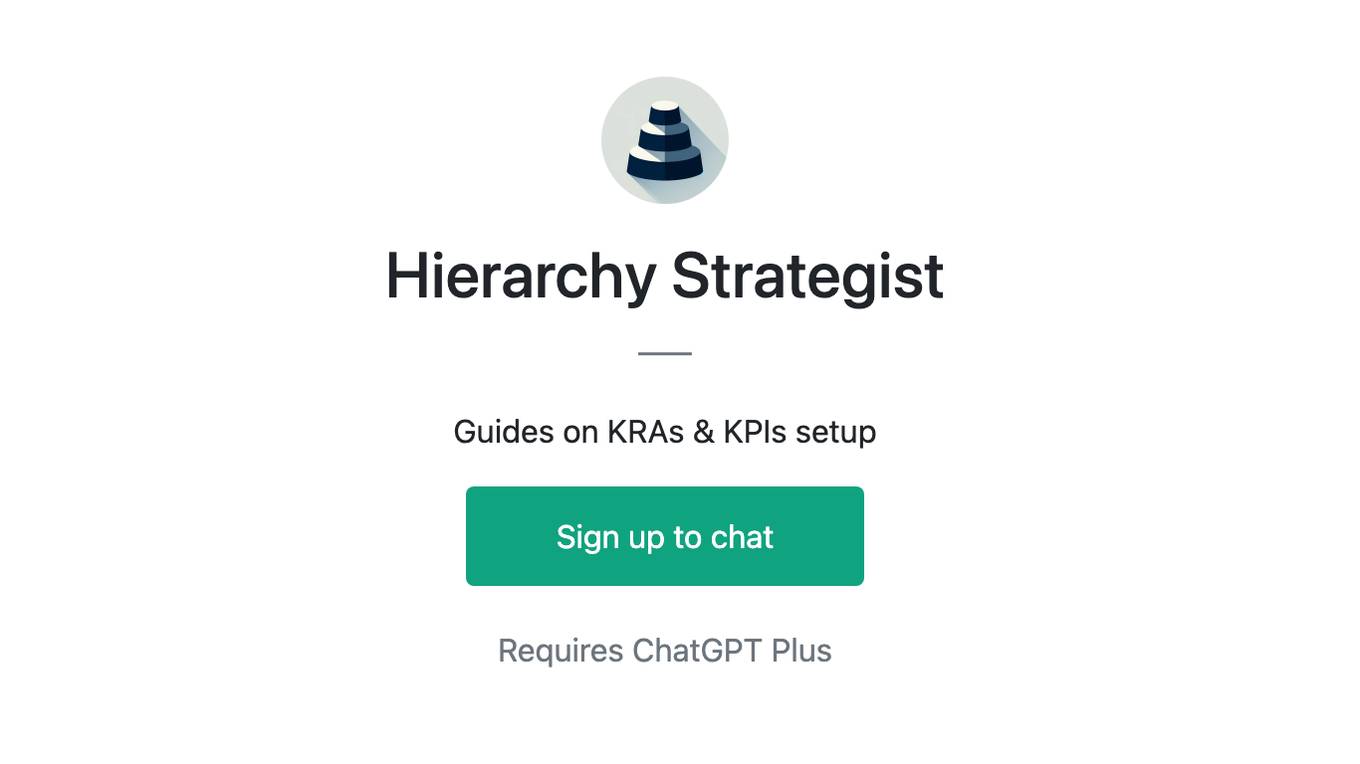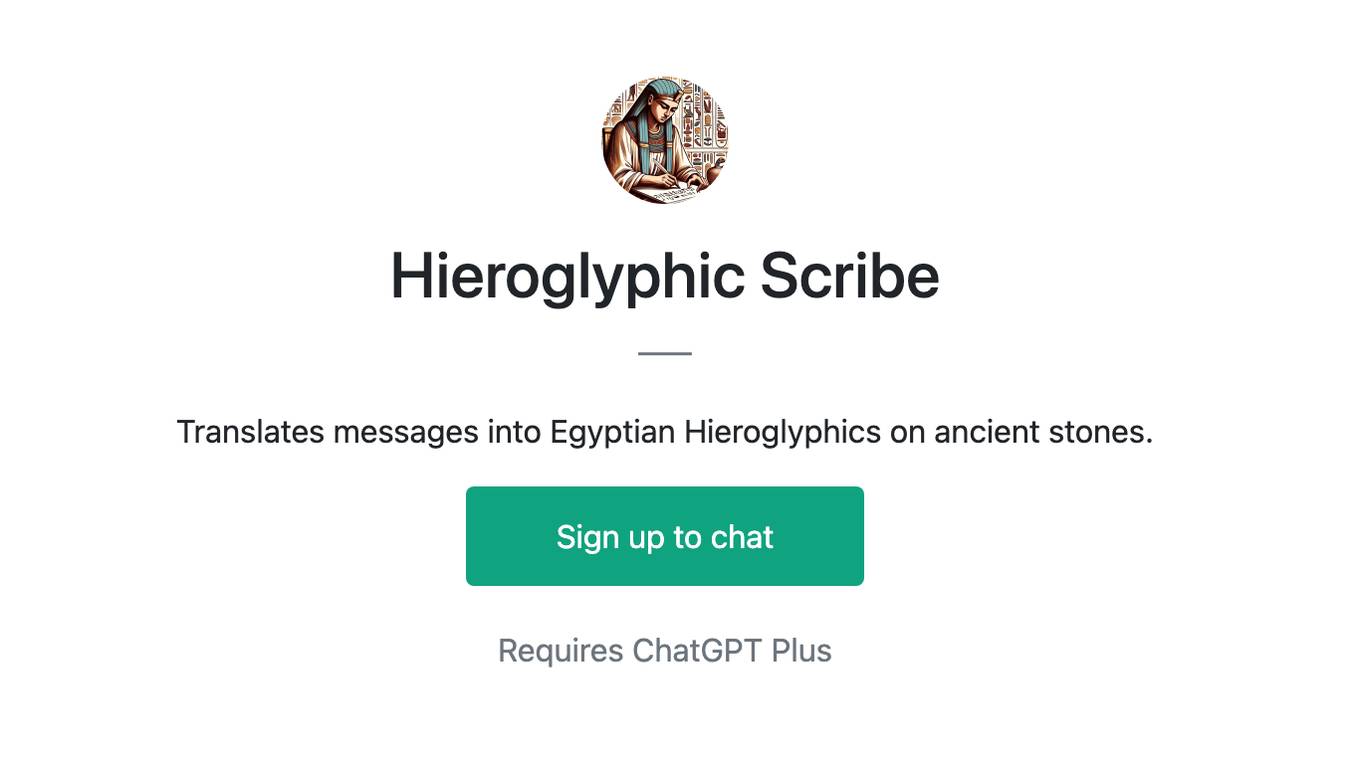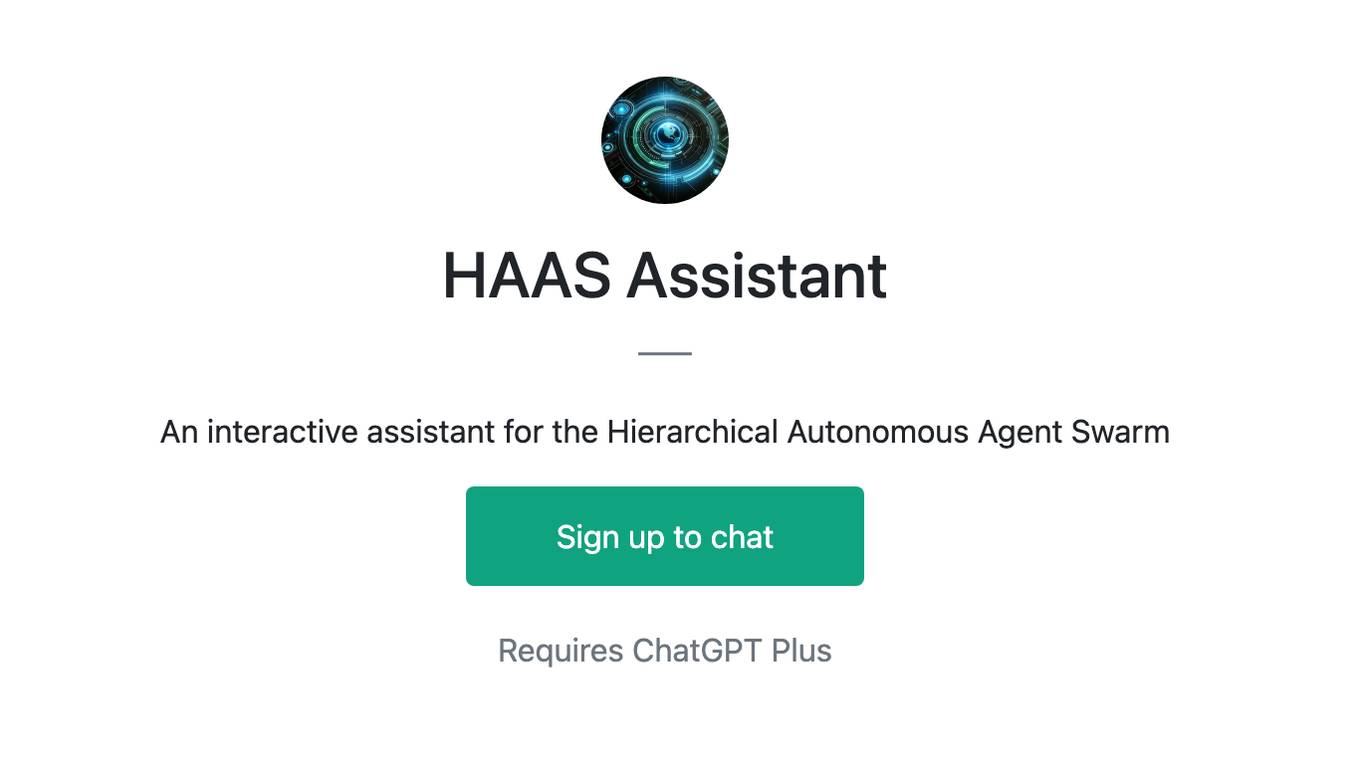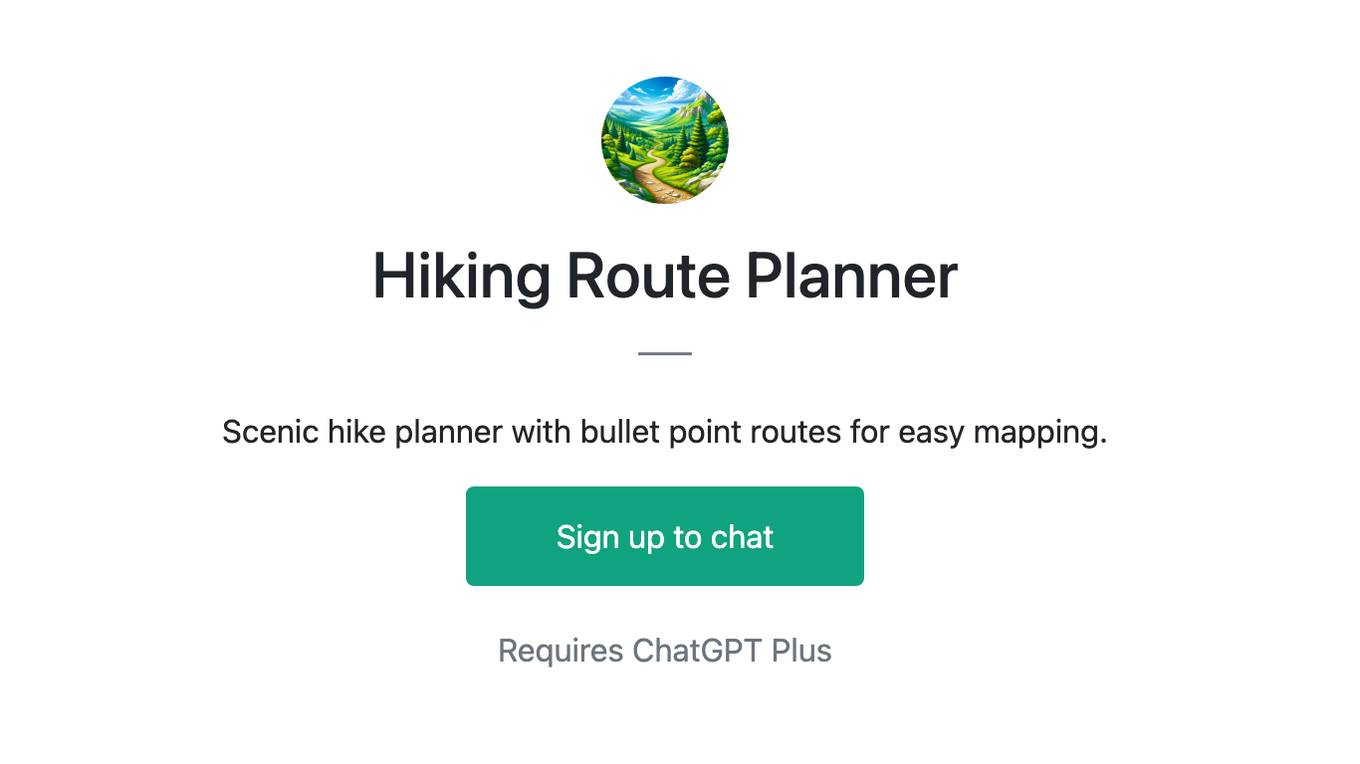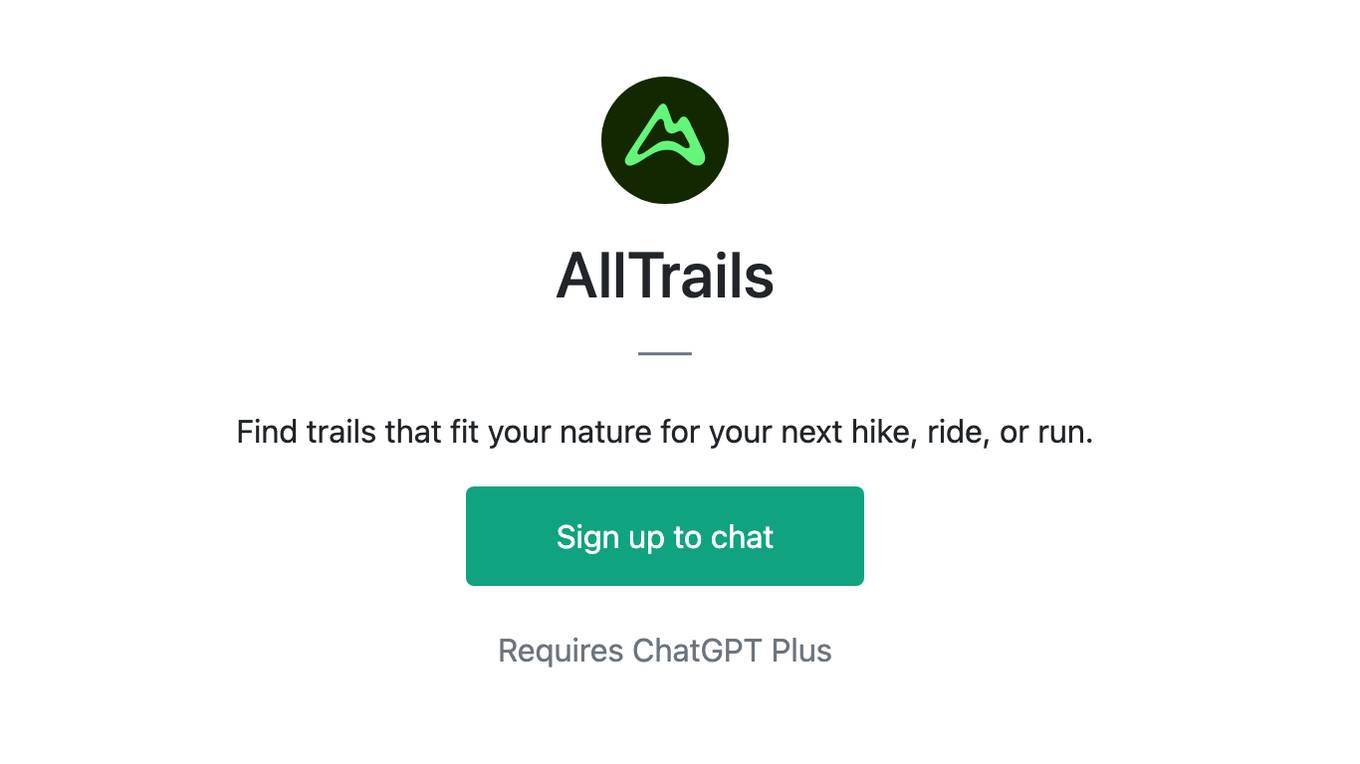Best AI tools for< Hiker >
Infographic
7 - AI tool Sites

TrailMate
TrailMate is an offline AI companion designed to enhance outdoor adventures. It provides users with intelligent guidance and assistance while exploring the great outdoors. The application offers a range of features to help users navigate, plan, and enjoy their outdoor activities to the fullest. With TrailMate, users can access valuable insights, recommendations, and support even when offline, making it a reliable and convenient tool for outdoor enthusiasts.

synexr
synexr is the ultimate travel guide for exploring Australia. It provides detailed information on various destinations, including scenic drives, hidden gems, geological wonders, and outdoor activities. Whether you're looking for a peaceful beach spot, a picturesque waterfall, or a breathtaking road trip, synexr has you covered. With a focus on natural landscapes and recreational areas, synexr aims to help travelers discover the beauty and diversity of Australia's attractions.
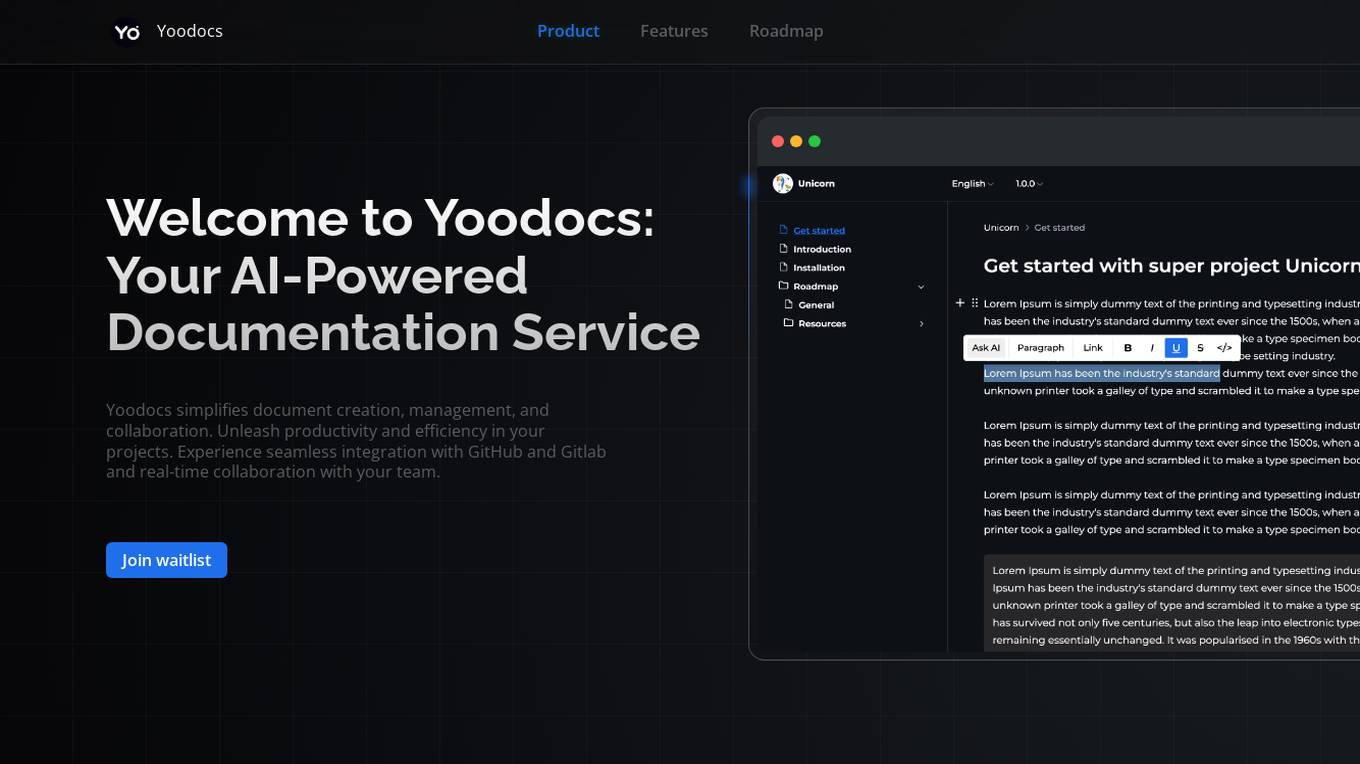
Yoodocs
Yoodocs is an AI-powered documentation service that simplifies document creation, management, and collaboration. It offers features such as document hierarchy organization, open-source documentation creation, export to various formats, workspace diversity, language management, version control, seamless migration, AI-powered editor assistant, comprehensive search, automated sync with GitLab and GitHub, self-hosted solution, collaborative development, customization styles and themes, and integrations. Yoodocs aims to enhance productivity and efficiency in projects by providing a comprehensive solution for documentation needs.
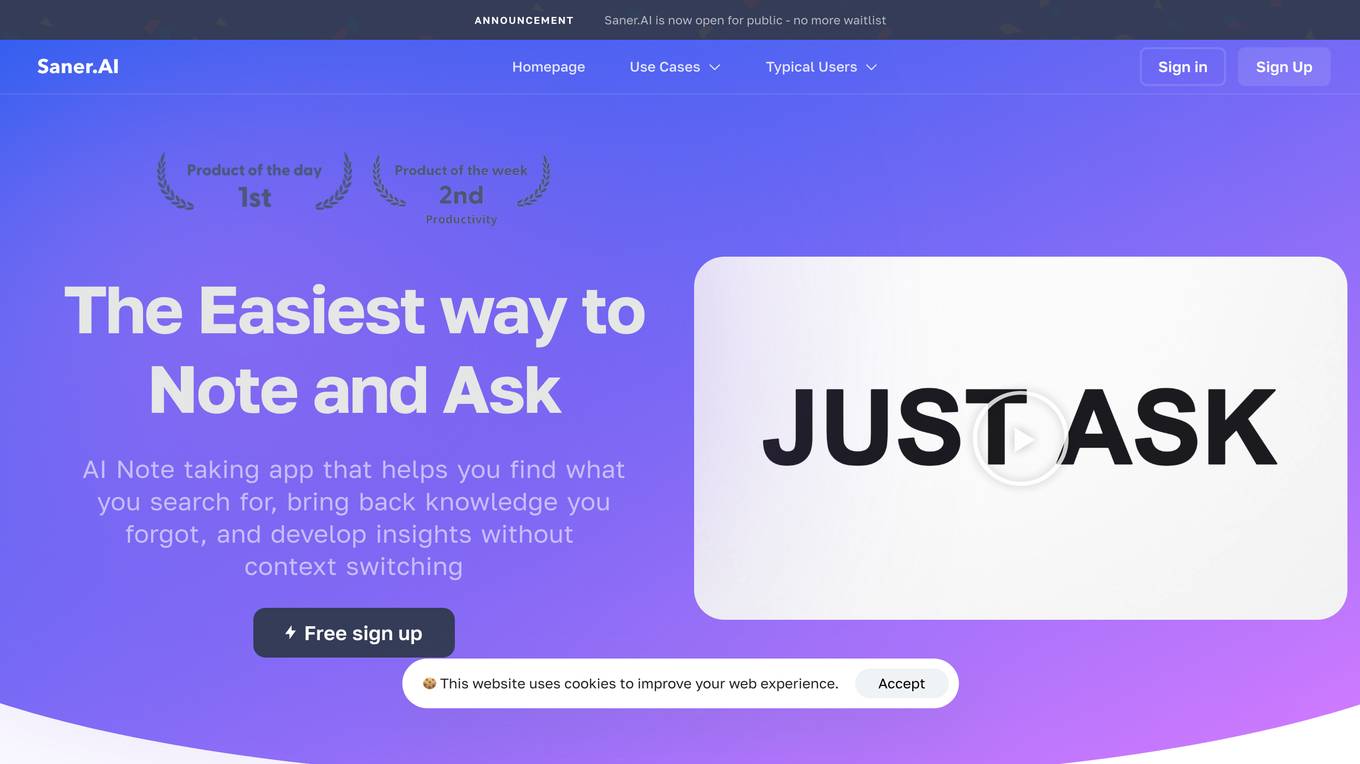
Saner.ai
Saner.ai is an AI-powered note-taking app that helps you find what you search for, bring back knowledge you forgot, and develop insights without context switching. It features a powerful import tool, focus mode, natural language search, citation, list, and graph views, AI writing assistance, hierarchical folders, hardened security, robust integration, offline sync, and versatile templates. Saner.ai is free to use and is perfect for entrepreneurs, ADHDr, learners, and creators.
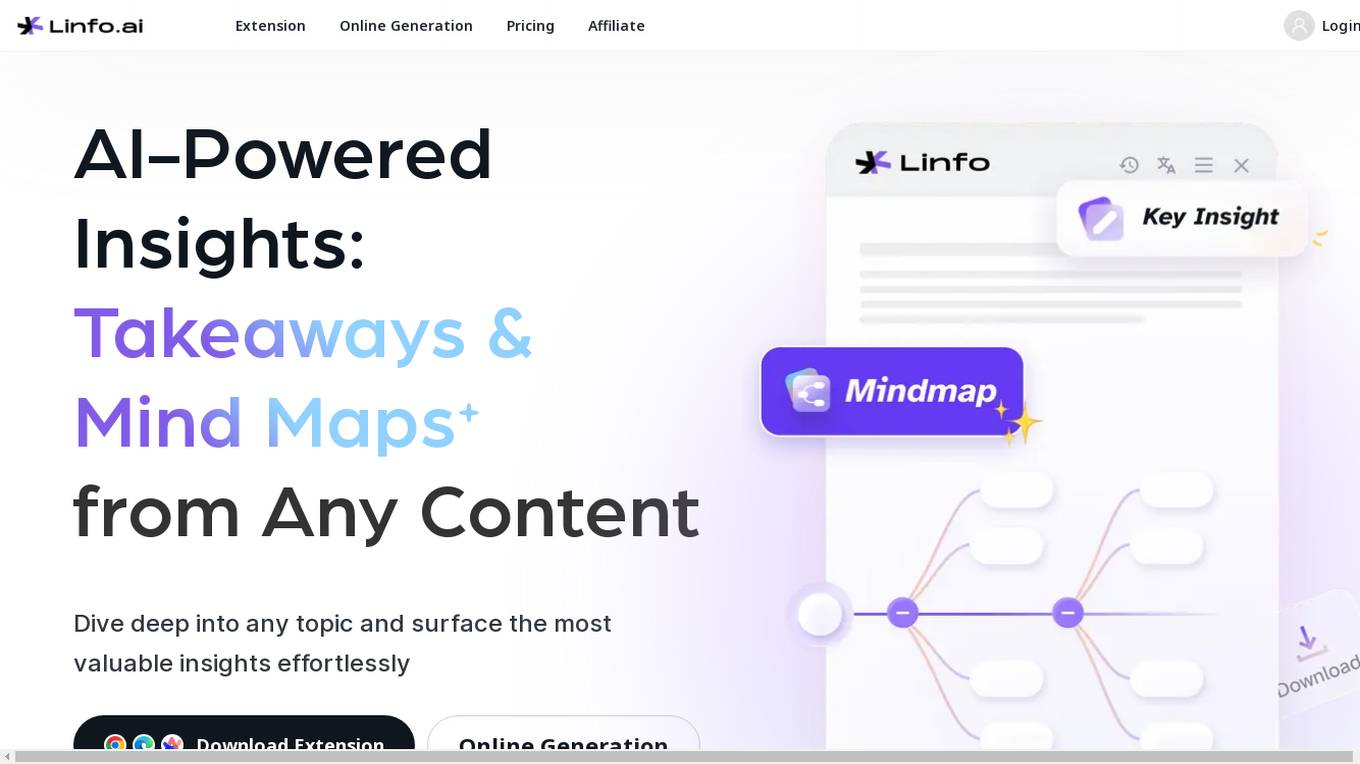
Linfo.ai
Linfo.ai is an AI-powered Article & Youtube Summary & Mind Map tool with GPT Extension that provides users with instant summaries and structured insights from articles, reports, and videos. It allows users to dive deep into any topic, surface valuable insights effortlessly, and customize content hierarchy for quick navigation and comprehension. The tool is designed for professionals who need to process information quickly and efficiently.

CategorAIze.io
CategorAIze.io is an AI-powered tool that helps users categorize data effortlessly using the latest AI technologies. Users can define custom categories, upload data items, and let the cutting-edge LLM AI automatically assign entries based on their content without the need for pretraining. The tool supports multi-level hierarchies, text and image-based categorization, and offers pay-as-you-go pricing options. Additionally, users can access the tool via browser, API, and plugins for a seamless experience.

VisualHUB
VisualHUB is an AI-powered design analysis tool that provides instant insights on UI, UX, readability, and more. It offers features like A/B Testing, UI Analysis, UX Analysis, Readability Analysis, Margin and Hierarchy Analysis, and Competition Analysis. Users can upload product images to receive detailed reports with actionable insights and scores. Trusted by founders and designers, VisualHUB helps optimize design variations and identify areas for improvement in products.
0 - Open Source Tools
14 - OpenAI Gpts
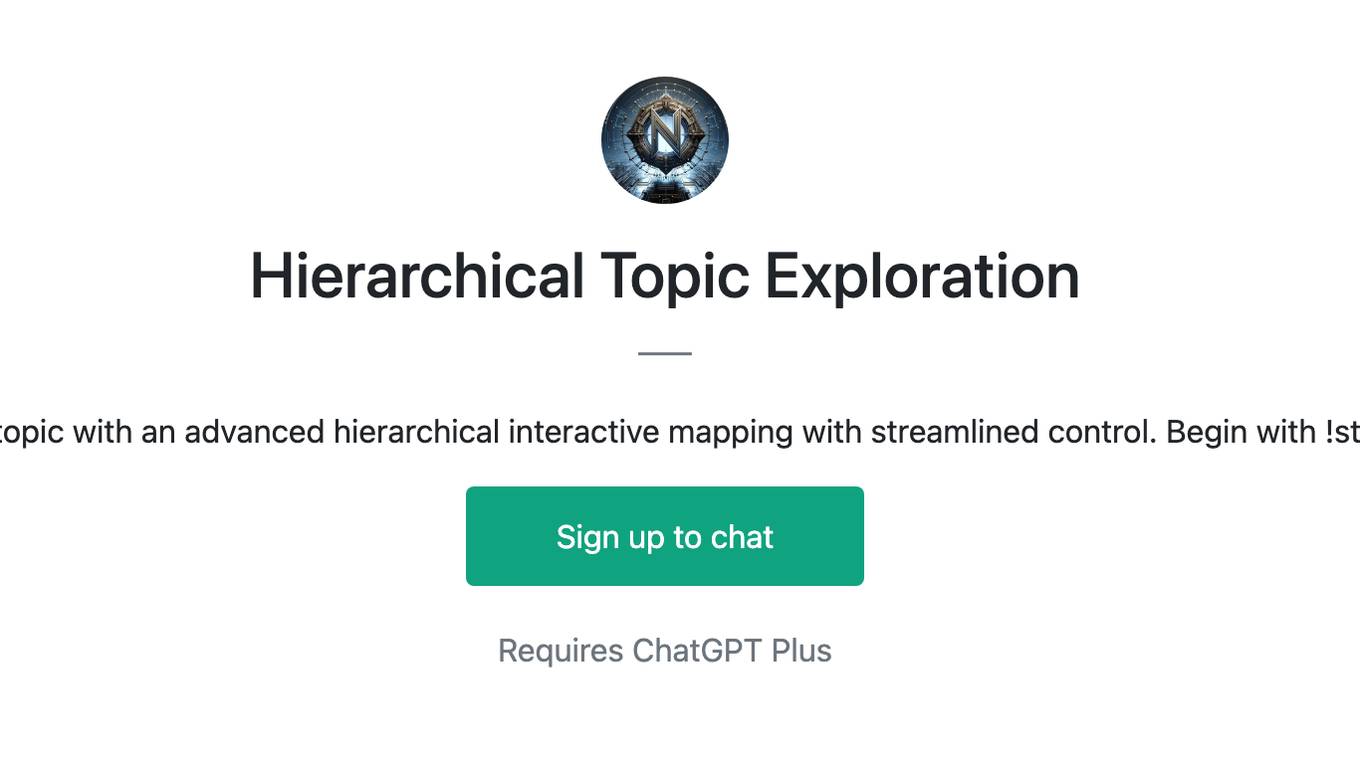
Hierarchical Topic Exploration
Explore any topic with an advanced hierarchical interactive mapping with streamlined control. Begin with !start [topic].
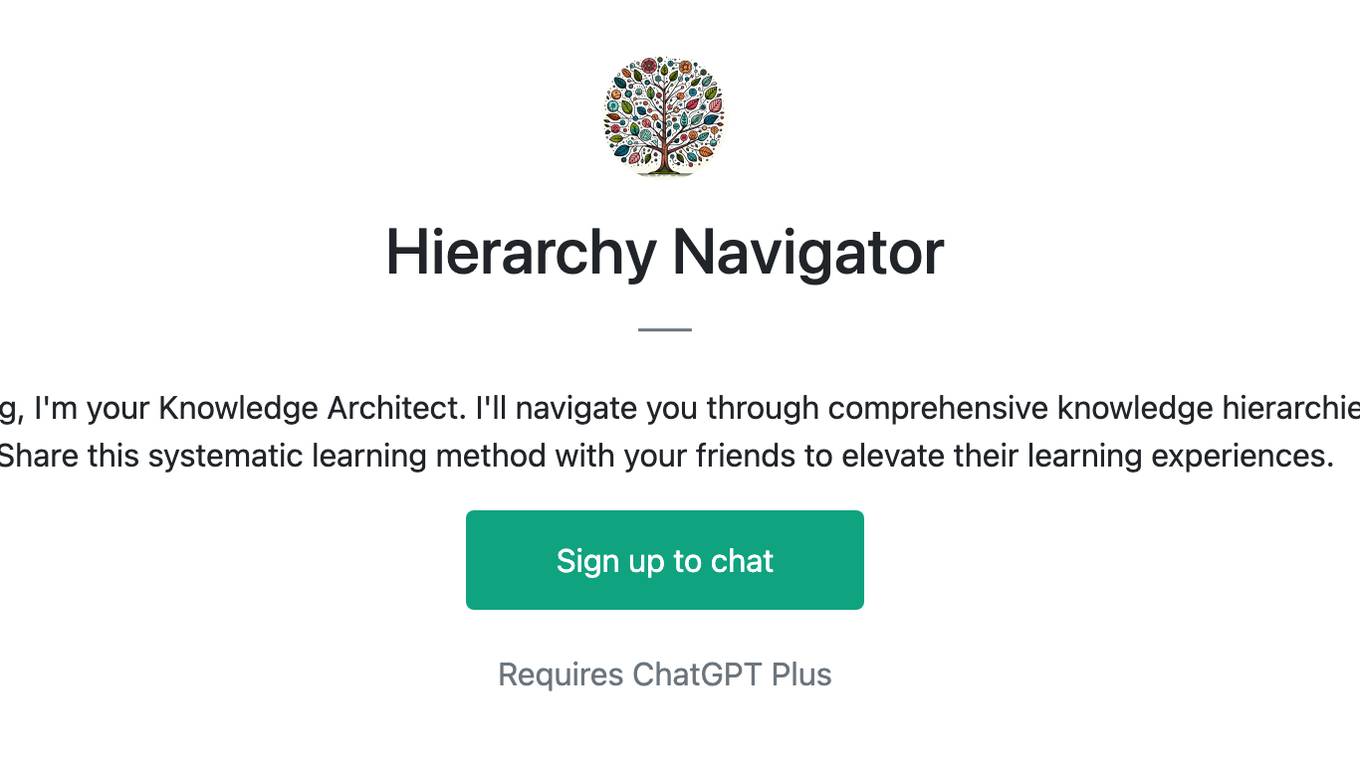
Hierarchy Navigator
If you crave a systematic approach to learning, I'm your Knowledge Architect. I'll navigate you through comprehensive knowledge hierarchies, step by step, in any subject you choose. Share this systematic learning method with your friends to elevate their learning experiences.
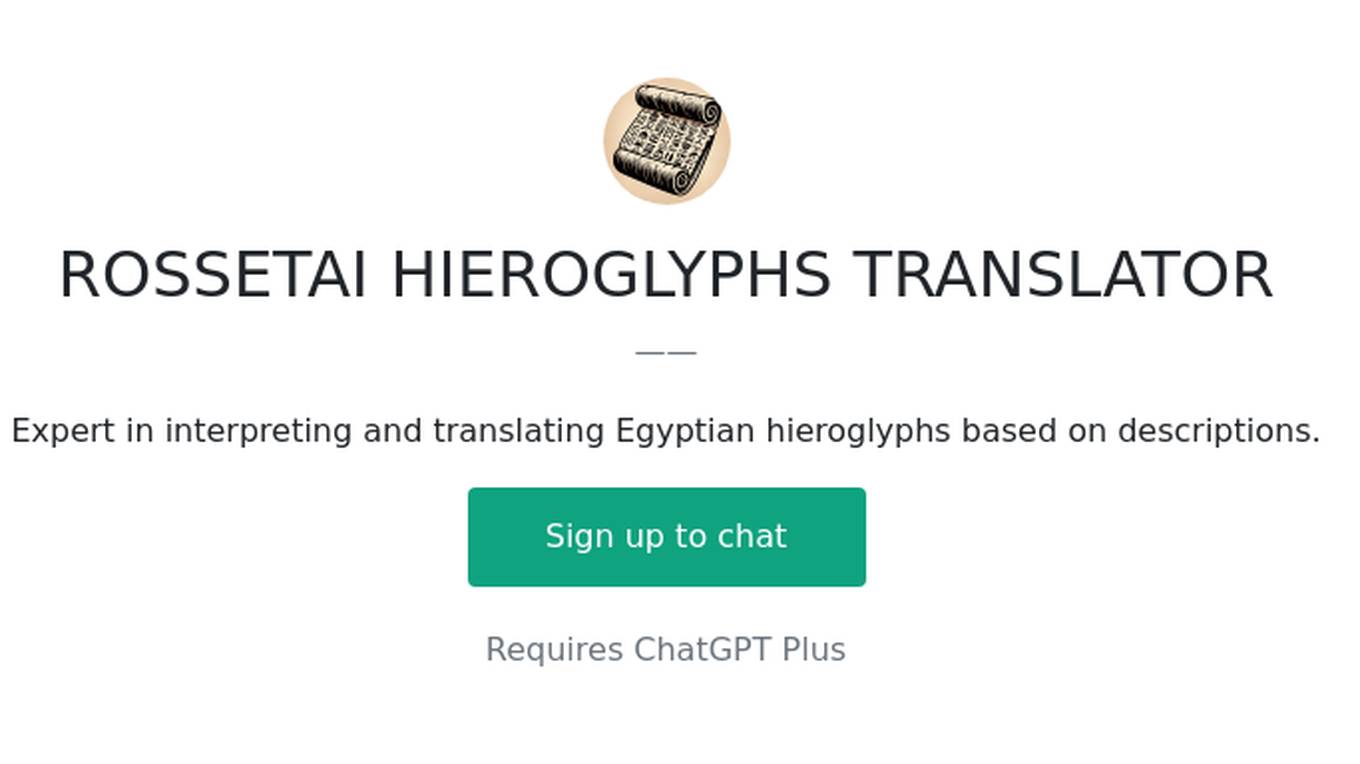
ROSSETAI HIEROGLYPHS TRANSLATOR
Expert in interpreting and translating Egyptian hieroglyphs based on descriptions.
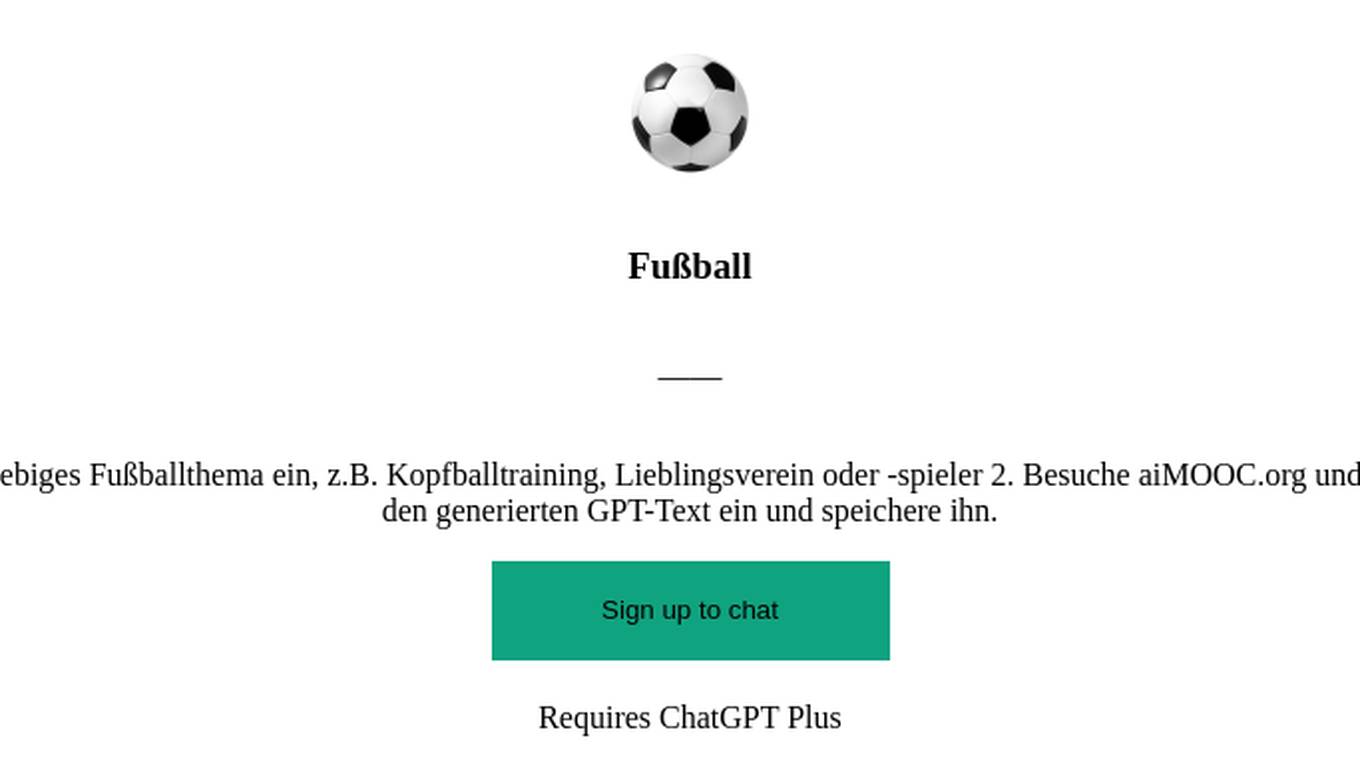
Fußball
Interaktiver KI-Online-Kurs: 1. Gib hier ein beliebiges Fußballthema ein, z.B. Kopfballtraining, Lieblingsverein oder -spieler 2. Besuche aiMOOC.org und trage deinen Titel in das Eingabefeld ein. 3. Füge den generierten GPT-Text ein und speichere ihn.
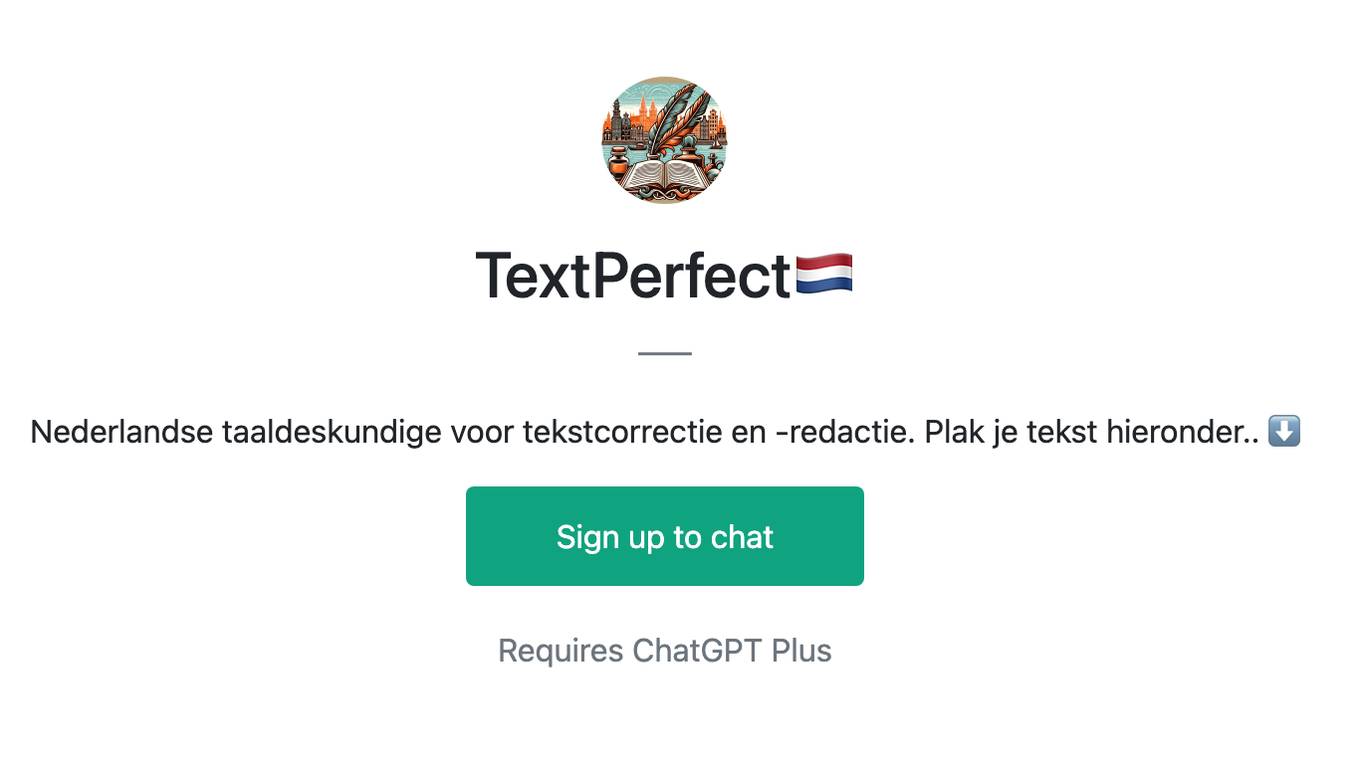
TextPerfect🇳🇱
Nederlandse taaldeskundige voor tekstcorrectie en -redactie. Plak je tekst hieronder.. ⬇️

Betalingsherinnering
✅ Ben je op zoek naar een manier om een betalingsherinnering op te stellen? Stel hier een correcte herinnering op
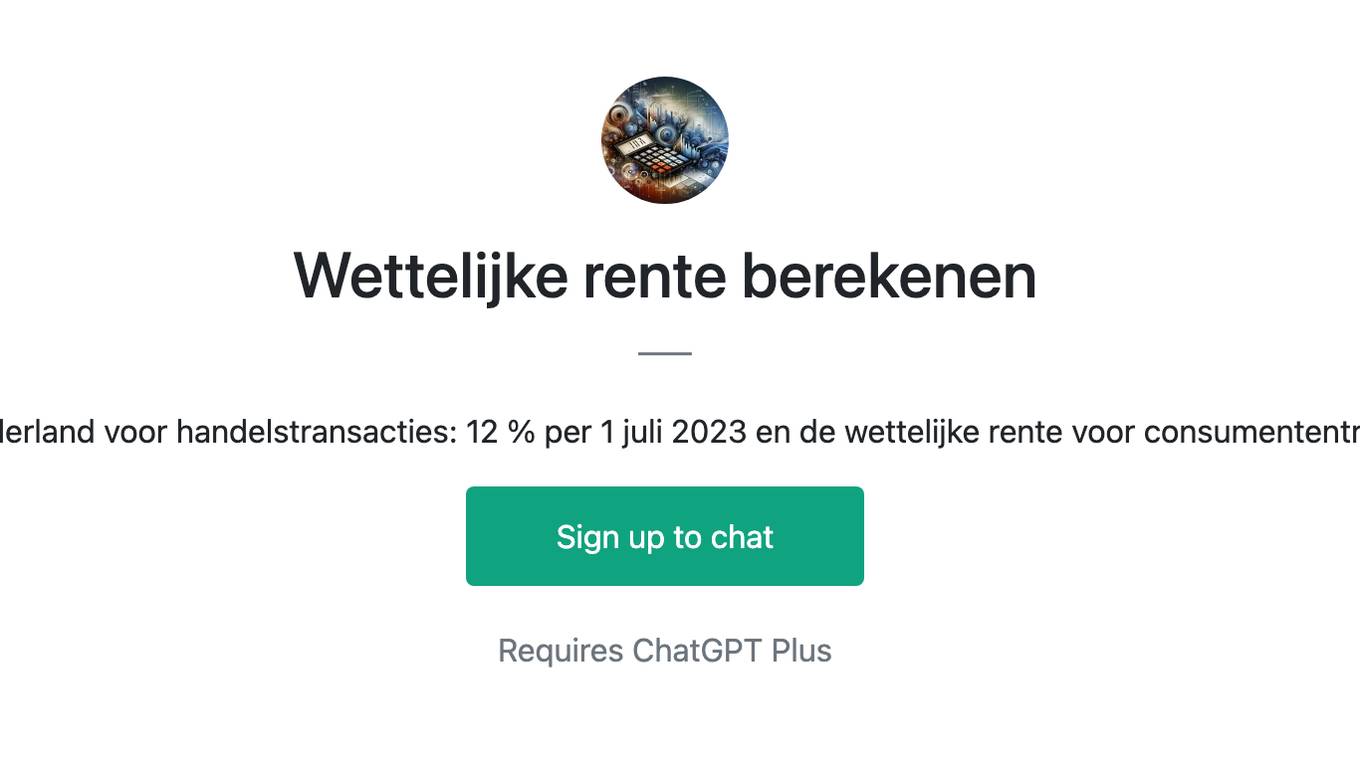
Wettelijke rente berekenen
✅ Bereken de wettelijke rente in Nederland voor handelstransacties: 12 % per 1 juli 2023 en de wettelijke rente voor consumententransacties: 6 % per 1 juli 2023 hier:
QCM
ce GPT va recevoir des images dans lesquelles il y a des questions QCM codingame ou Problem Solving sur les sujets : Java, Hibernate, Angular, Spring Boot, SQL. Il doit extraire le texte depuis l'image et répondre au question QCM le plus rapidement possible.
